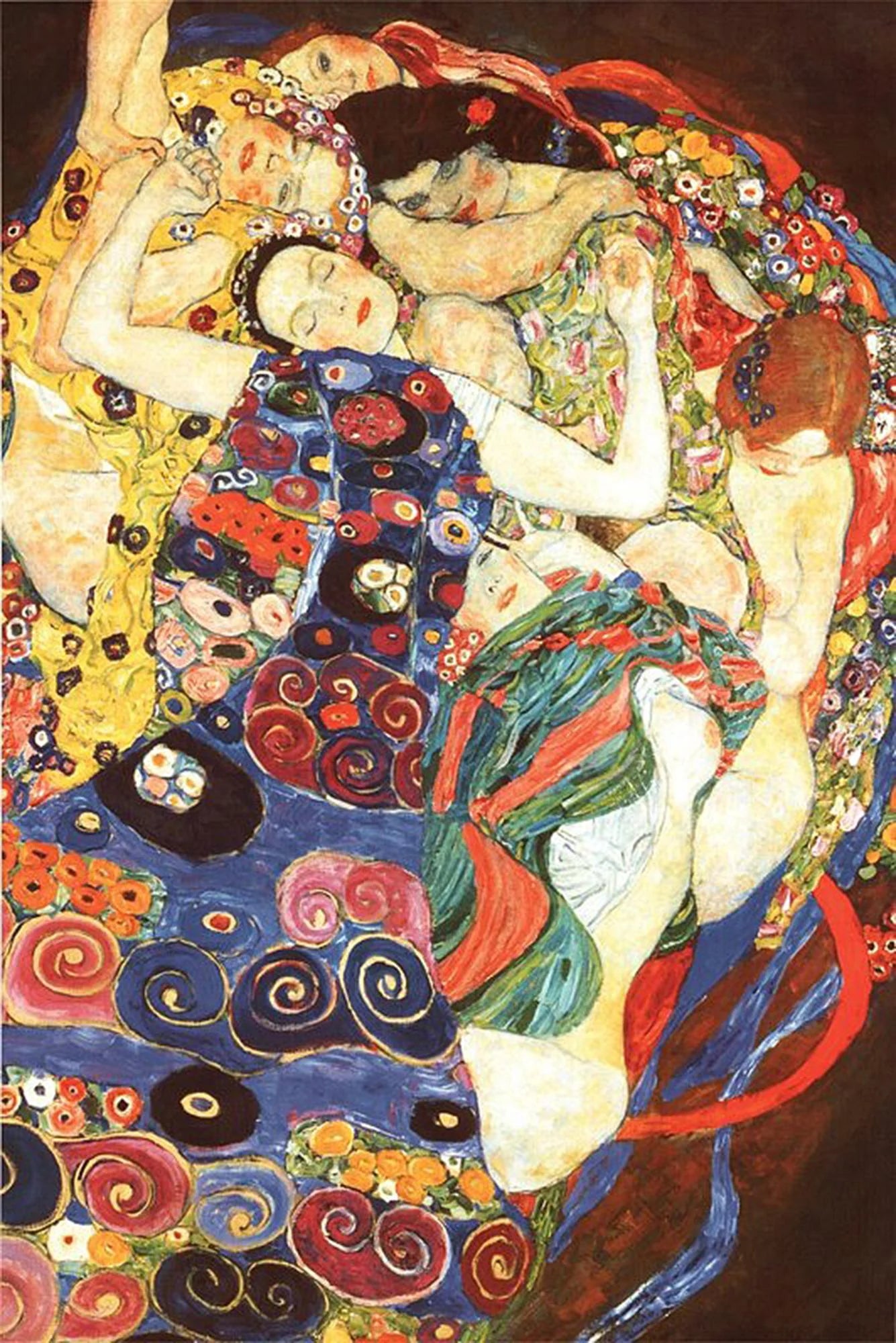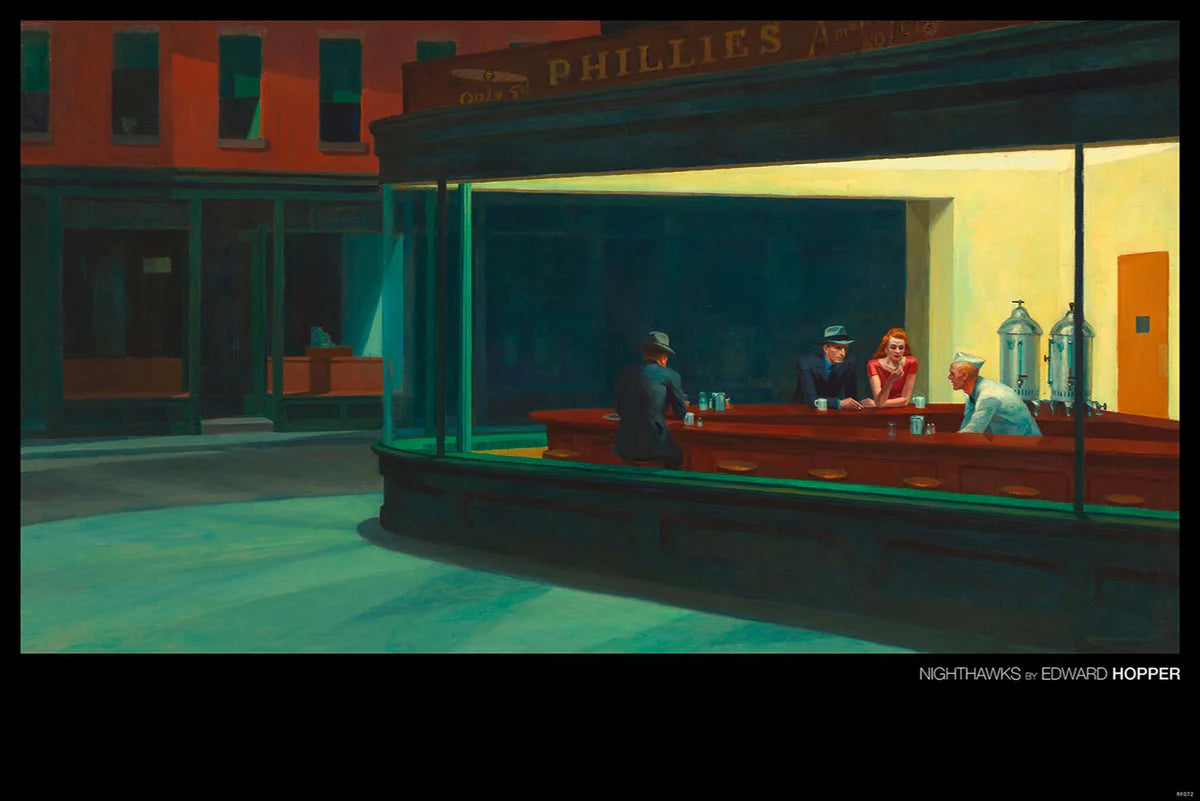Gustav Klimt was one of the most important Austrian artists of the late 19th and early 20th centuries. He was particularly known for his unique paintings, which were often influenced by Symbolism and Art Nouveau. One of his outstanding works is the painting The Virgin (also known as The Virgin at the Sacrificial Altar), which is a remarkable display of beauty and spirituality. In this blog post, we will take an in-depth look at this work of art and explore its meaning in the context of Klimt's work.
The story of how it came about: The painting "The Virgin" was created by Gustav Klimt between 1913 and 1916. It was part of a series of three paintings he painted for the university dining room in Vienna. The other two paintings were "Jurisprudence" and "Medicine". Klimt was commissioned to create these works to represent the values and ideals of the university.
"The Virgin" features a female figure portrayed as a personified Virgin. She stands in front of a gold background typical of Klimt's style. The Virgin is surrounded by symbolic elements such as a wreath of flames and a golden ribbon around her waist. Her gaze is inward, indicating her spiritual nature. Klimt uses a mixture of gold and silver tones in this painting to create a radiant yet mysterious atmosphere.
Klimt's "The Virgin" is rich in symbolism and encourages interpretation. The figure of the Virgin can be understood as a symbol of purity, innocence and spirituality. The wreath of flames around her head could indicate her divinity or be interpreted as a sign of enlightenment. The gold ribbon around her waist could indicate the connection between mind and body.
Influences and Uniqueness: Klimt was heavily influenced by ancient and oriental art traditions, which is clearly reflected in his works. "The Virgin" shows elements of the Byzantine style as well as the Japanese ukiyo-e. Klimt's unique style, which is a fusion of Symbolism, Art Nouveau and abstract elements, makes this artwork an outstanding example of his work.
Significance and reception: "The Virgin" was highly praised by critics and audiences alike. It embodies Klimt's ability to portray emotional and spiritual themes in an aesthetically pleasing manner. The painting is a masterpiece that demonstrates the complexity of Klimt's art and his pursuit of beauty and
You can find the corresponding poster here:




Comments
et molestiae corporis quis qui dignissimos animi cum est omnis assumenda id temporibus. quia et omnis unde iure quibusdam culpa.
autem nesciunt consectetur voluptatem voluptatem distinctio sunt harum voluptas. dolores voluptatem quas laboriosam dolorem quisquam tempora eum et exercitationem quis quia vel id at odio placeat veli
quod et consequatur et saepe et distinctio et et optio et. odit qui aut doloribus libero. ut qui ipsum sed rerum esse quae maiores eius reprehenderit.
modi facere excepturi quis iusto quia optio nemo velit voluptatem praesentium sed distinctio ad dolorum hic perspiciatis natus. impedit libero est reprehenderit praesentium voluptate dolorum vero cons
nisi ea impedit corrupti et optio necessitatibus et deserunt et dolores in. neque est ut illo sapiente omnis voluptatem.
incidunt labore possimus commodi ipsum vero in vitae sit et placeat exercitationem ut. maiores et aut qui tenetur aut et magnam distinctio ut aut. quod dolores quisquam qui voluptate aut occaecati tot
et dolorum et mollitia nulla iusto ea harum odit modi praesentium enim eos reprehenderit aut eaque. reiciendis omnis quos perspiciatis facilis numquam dolores. et voluptatem ducimus facere veniam sed
et nemo vitae est qui dolorem ratione ratione vero est tenetur dignissimos laborum voluptatem consequatur vel. cum corrupti non non sequi quia explicabo ea.
nemo quidem eligendi non nisi tempore cupiditate aperiam sunt incidunt voluptatem laborum velit amet omnis perferendis rem. ipsum quod dolores ullam et. vitae voluptatem ipsum id aut aliquam vel nostr
omnis fugiat et iure veniam et quas voluptates possimus nisi sed rerum. et nihil in est ipsum minus.